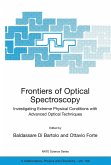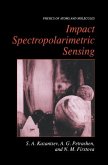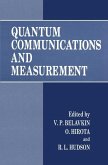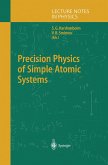In addition to traditional topics, this book includes: selective measurements, Wigner's Theorem of symmetry transformations, generators of quantum transformations, supersymmetry, details on the spectra of Hamiltonians and stability of quantum systems, Bose-Fermi oscillators, coherent states, hyperfine structure of the H-atom for any angular momentum, the non-relativistic Lamb shift, anomalous magnetic moment of the electron, Ramsey oscillatory fields methods, measurement, interference and the role of the environment, the AB effect, geometric phases, including non-adiabatic and non-cyclic, Schrödinger's cat and quantum decoherence, quantum teleportation and cryptography, quantum dynamics of the Stern-Gerlach effect, Green functions, path integrals, including constrained dynamics, quantum dynamical principle and variations, systematics of multi-electron atoms, stability of matter, collapse of "bosonic matter" and the role of spin, intricacies of scattering, quantum description of relativistic particles for any spin and mass, spinors, helicity, the Spin and Statistics Theorem. It also contains numerous problems some of which are challenging enough for research.
From the reviews:
"This book is a modern textbook covering most aspects of the theory and recent developments. The topics included in this book are useful either to graduate students in physics or researchers in this discipline and in the related fields as well. ... The book contains a lot of problems at the end of each Chapter that should be attempted by every serious reader. The book, unquestionably attractive to all those interested in Quantum Theory, is an invaluable source of material for this field." (Marian Ioan Munteanu, Zentralblatt MATH, Vol. 1126 (3), 2008)
"The content is comprehensive and the exposition is clear, albeit at a high level. There is a substantial amount of material that I have not seen covered -or covered in this depth- in other graduate level books: for example, the author's treatment of relativistic quantum equations of motion, the spin-statistics connection, the extensive discussion of the BCH relations, and more. Overall excellent." (M.P. Silverman, Trinity College, Hartford, CT, USA)
"This book is a modern textbook covering most aspects of the theory and recent developments. The topics included in this book are useful either to graduate students in physics or researchers in this discipline and in the related fields as well. ... The book contains a lot of problems at the end of each Chapter that should be attempted by every serious reader. The book, unquestionably attractive to all those interested in Quantum Theory, is an invaluable source of material for this field." (Marian Ioan Munteanu, Zentralblatt MATH, Vol. 1126 (3), 2008)
"The content is comprehensive and the exposition is clear, albeit at a high level. There is a substantial amount of material that I have not seen covered -or covered in this depth- in other graduate level books: for example, the author's treatment of relativistic quantum equations of motion, the spin-statistics connection, the extensive discussion of the BCH relations, and more. Overall excellent." (M.P. Silverman, Trinity College, Hartford, CT, USA)








